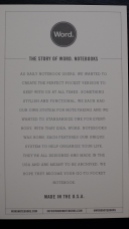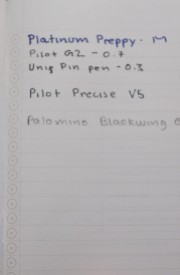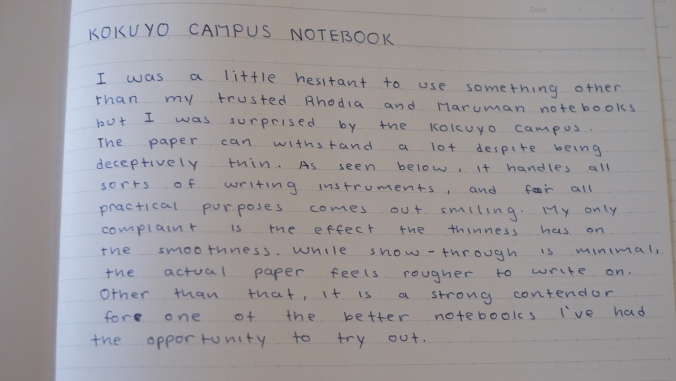
This was a little bit of an impulse buy because I had run out of Field Notes and didn’t want to buy another pack as I found myself using them less frequently now that I had gotten my hands on the legendary Hobonichi Techo planner(review coming soon 😉 ). At the same time, I needed a small notebook to quickly jot down some notes occasionally if I think of something interesting. Enter the Maruman 3Feet, an A7-sized, 7mm grid ruled notepad with some great features that I found really made using it fun.
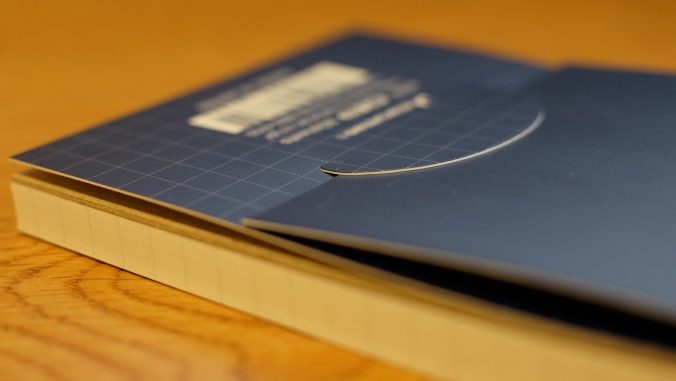
This is one feature that I really feel changes the game when it comes to comfort when using a Rhodia style notepad. With the Rhodia, the front cover has notches the help it bend exactly the way to it needs to lie flat, but if not used on a relatively flat surface, it starts to flop around. Maruman fixed this problem by adding a small tab at the back of the notebook that allows you to tuck the front cover into it and holds it securely in place. Now this may not seem like a big deal for most people, but as someone who is usually walking, pacing or generally standing up when my ideas come, the ability to quickly jot down stuff while on the move is important to me and a cover that doesn’t flop around makes writing stuff down easier for me. Now most of you might not be like me, but if you ever want to move around with a Rhodia, due to not being secure, you can’t just lift it by the front and you have to mind the cover coming back around. With the Maruman, moving around is super easy and you don’t have to worry about the cover coming down on your freshly inked page and ruining your writing (If you couldn’t tell by now, this has happened to me several times and I am always annoyed by it).
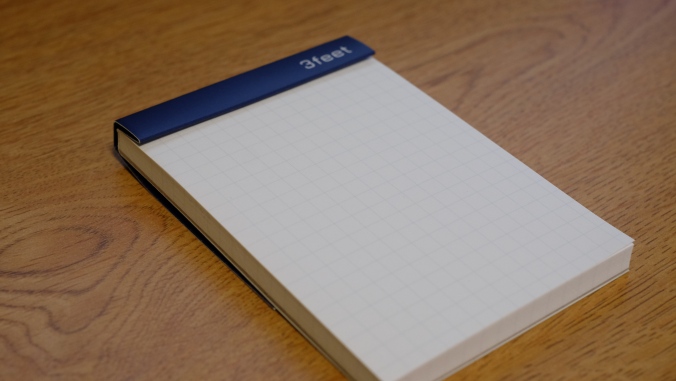
With that amazing, highly functional and useful feature properly getting the praise it deserves, let’s talk about the paper. Being an A7 sized notebook, I was initially a little surprised that Maruman didn’t opt for a 5mm grid because it would allow for more lines, but eventually saw why they stuck to 7mm. As someone who’s handwriting is pretty small, I was a little bothered by how big the squares were, but grew to appreciate them when it came to creating flashcards, which is now the main usage of this notebook. To understand some concepts and terms, I find that having a physical flashcards really helps with memorization as it involves writing down the terms, thereby increasing muscle memory.
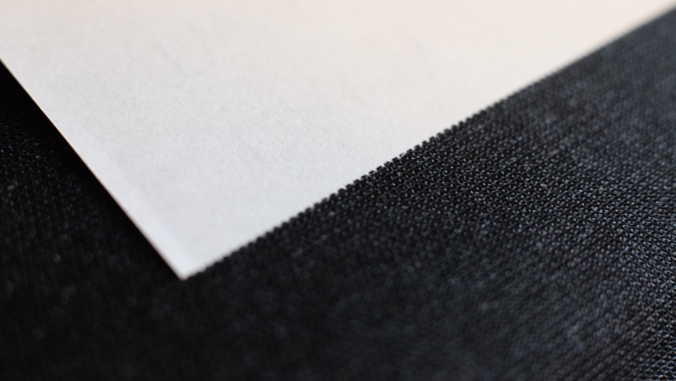
The paper is also very smooth when tearing. I am not prone to hyperbole, but this is by far the greatest perforation I have ever experienced. The paper comes out smoothly and without a fuss every single time. I often experience ragged tears when dealing with smaller Rhodia DotPads and it drives me nuts due to my OCD when it comes to having straight, even tear lines. After nearly 3 weeks of usage, not a single time have I ever experienced a misguided tear. I’m pretty much addicted to this feeling now and will hold this as the benchmark for all future perforated notebooks I review.
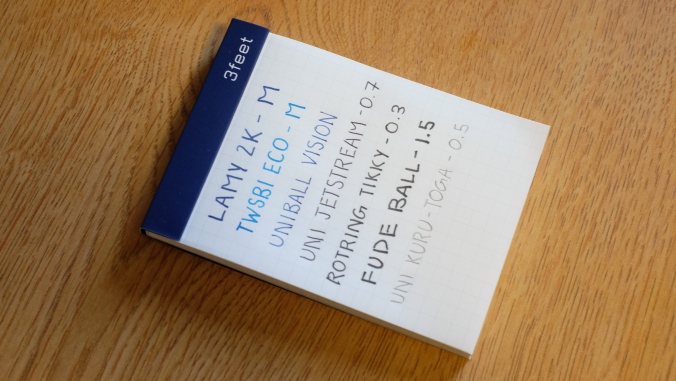
The biggest drawback to this notepad is the paper, specifically how thin it is. While it took ink well and for the most part didn’t bleed through, there was a rather noticeable amount of show-through on the backside of the page. This was something that I feel can’t be helped as the size of the notepad constrains how thick the paper can be, but by far, it turned out to be my first negative experience with Maruman paper.
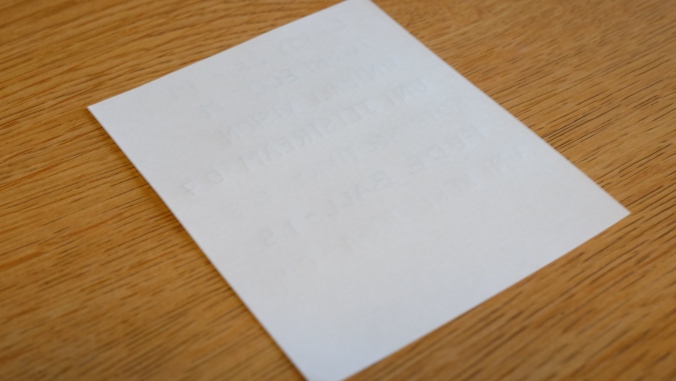
One of the other things that I found out very quickly was the 3Feet reacts badly to sharper, thinner sizes of pen tips. The Uni Jetstream that I used for the paper test ended up scratching through and indenting nearly 4 sheets of paper, so I would recommend only using pens that have tip sizes of 0.5 and above. At those sizes, the paper will perform just fine.
The Maruman 3Feet is an adorable little notepad with a great feature that I hope more notepad makers will adopt. The paper is thin, yet surprisingly adept at handling larger nib sizes. The main drawbacks would be the limitations with sharp tipped gel pens and the show-through on the back of the paper. If these two things don’t bother you as much and you’re in the market for a pocket-sized notepad, give the Maruman 3Feet a try. For a mere $2.10, I feel it’s definitely worth the price.









